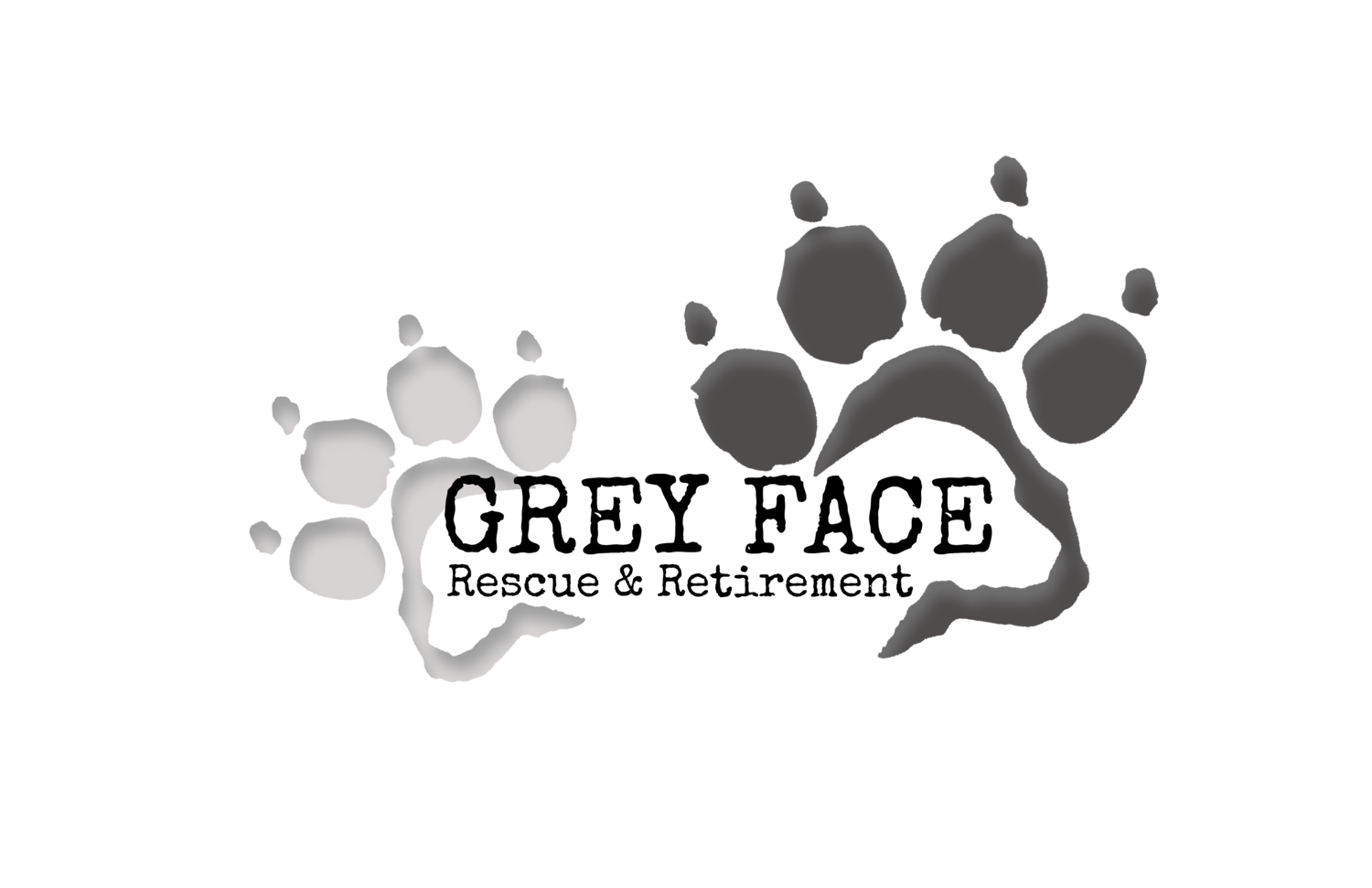Helping Your Dog with Separation Anxiety
Separation anxiety is a common issue for many dogs, but with consistency, patience, and the right approach, your dog can learn to feel more secure and confident when alone. Here are the essential steps to help ease your dog's anxiety:
1. Establish a Predictable Routine
Dogs with anxiety thrive on structure. A predictable daily routine helps your dog feel more secure, especially when you're away.
Set regular times for feeding, walks, playtime, training, and elimination.
Schedule quiet time or solo play (using toys or chews) during the hours you’d typically be gone.
Make your comings and goings low-key and consistent—avoid long goodbyes or excited greetings.
2. Provide Environmental Enrichment
Your dog’s mental and physical needs must be met before you expect them to relax on their own.
Offer daily social interaction, play, and training sessions.
Use puzzle feeders or slow feeders to turn mealtime into a mentally stimulating activity.
After play and exercise, encourage downtime by introducing novel toys or chews your dog only gets when alone.
Rotate toys regularly to keep them interesting and engaging.
3. Create a Predictable Reward System
Dogs with separation anxiety often crave interaction most of all. You can reduce their dependency on your presence by teaching them that good things happen even when you’re not directly interacting with them.
Reinforce calm behavior with rewards like treats, chews, or verbal praise.
Offer interactive toys, such as KONGs stuffed with food, to provide comfort and focus during alone time.
Gradually build up your dog's comfort level with short absences, always rewarding calm, relaxed behavior.
Additional Tips:
Keep greetings and departures calm and casual.
Avoid punishment—it increases anxiety.
Consider crate training, calming music, or pheromone diffusers if your dog finds them soothing.
For severe cases, consult a certified trainer or veterinary behaviorist.

